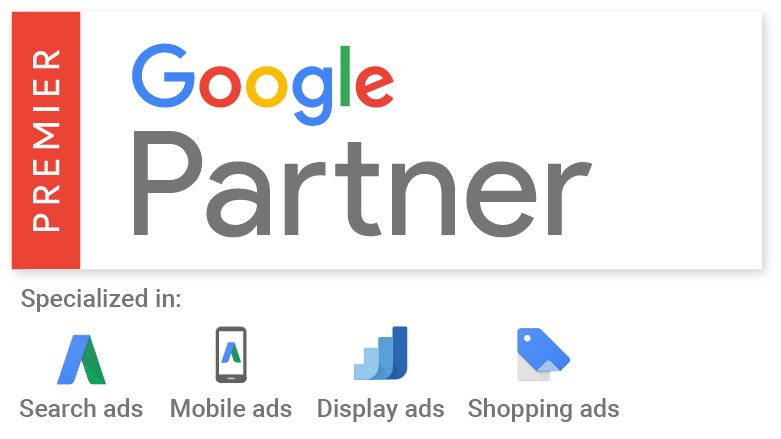Google My Business (GMB) is a unique tool that provides local businesses with an opportunity to appear in Google search and map results to essentially increase local SEO rankings. Having a GMB listing and being active is critical
- Home
- Tag: google
There are many steps in the consumer journey. One of the most difficult aspects of marketing is understanding this journey in its entirety. It may not simply be one single ad that inspired a purchase. There may
The Consumer Electronics Show is an event for all those around the world who are passionate about the business of consumer technologies. This event garners some serious attention. With over 180,000 attendees between January 9-12, it was
Google has recently announced that there is a "posts function" now available to businesses registered with their Google My Business program. There appears to be plenty of benefits with the addition of this function, especially for local
Many organizations with Ecommerce websites are concerned with how well their products are ranking organically on Google, Bing and Yahoo. That is, without any assistance from paid advertising networks. There is no doubt that these rankings are
Nearly every digital marketer in today’s society utilizes Google as a primary form of advertisement. With more than 6.5 billion searches being made each day, the need to rank well on Google’s search results page is imperative.
Google has announced that the Google Partners program has launched a new certification exam - Digital Sales. Google Partners is a program that provides agencies access to free training and exclusive tools, as well as the guidance and
Google AdWords is the most common form of digital advertising. The use of its search, display, and shopping networks have an incredible impact on consumers who are conducting daily searches online. Unfortunately, even the best digital marketing















